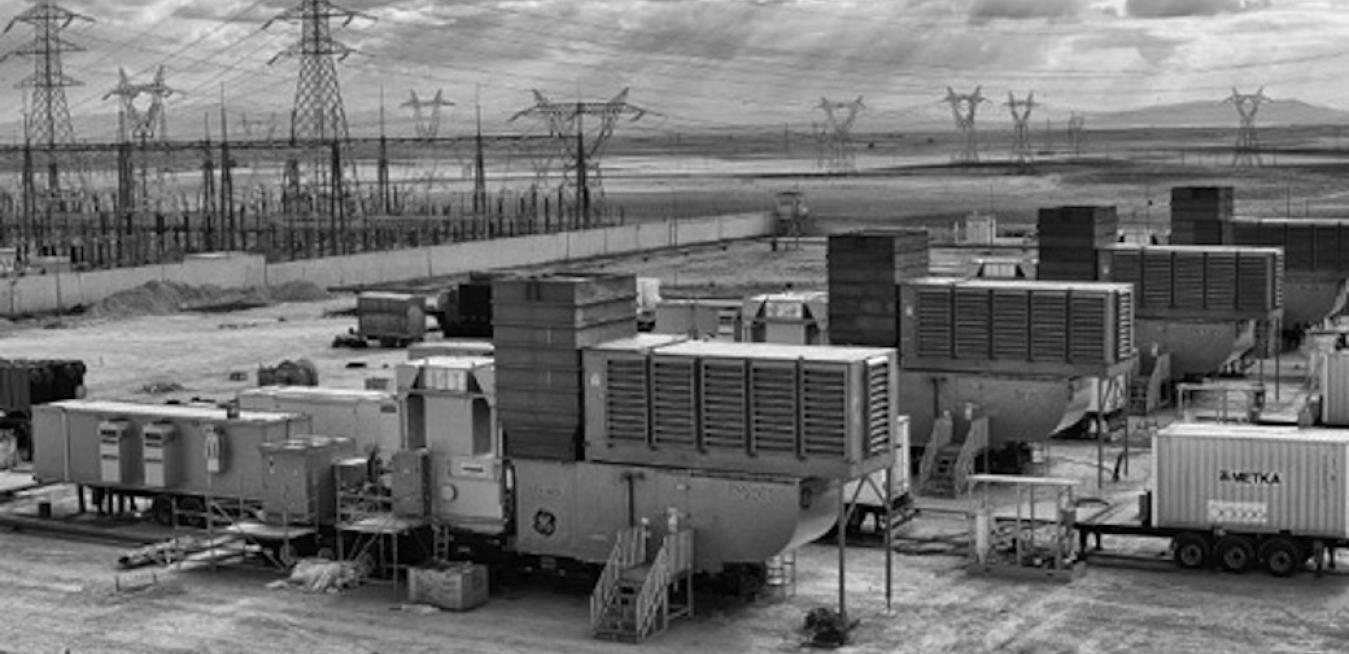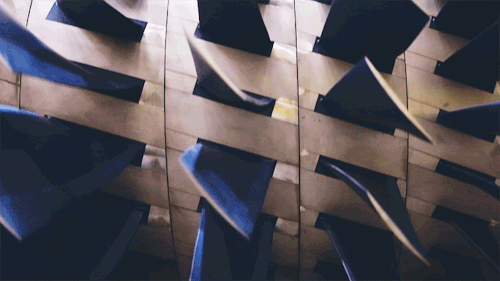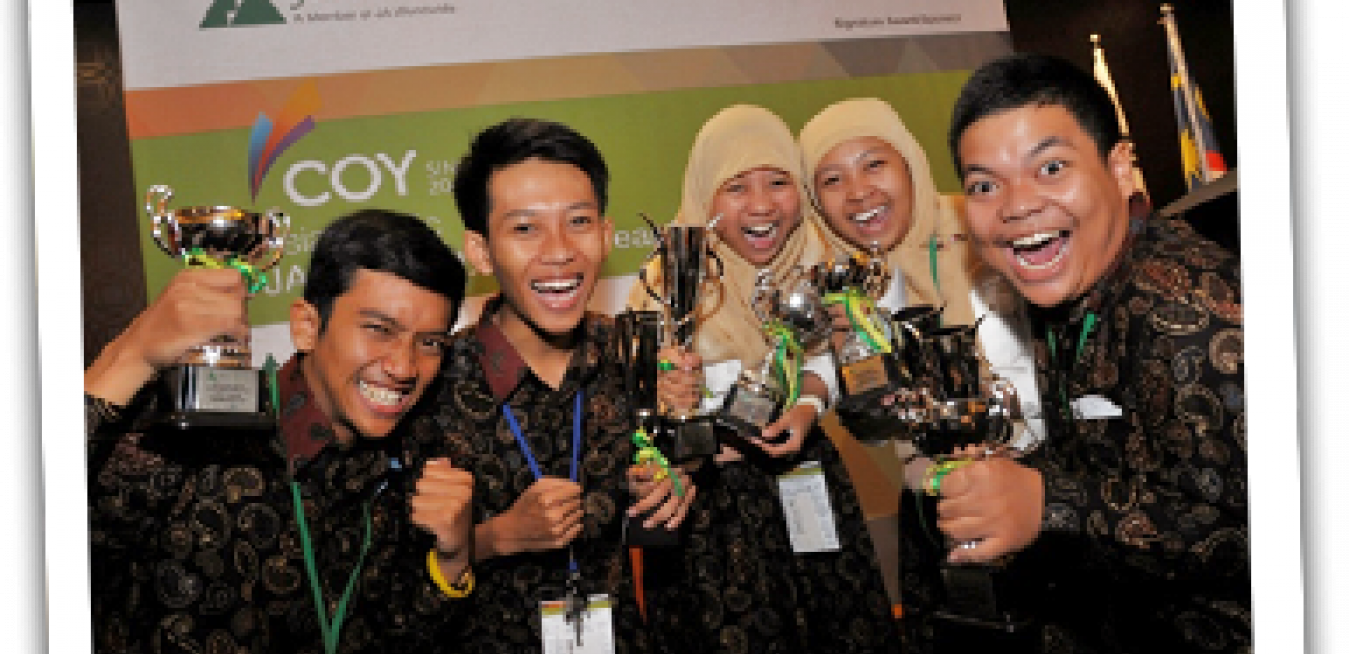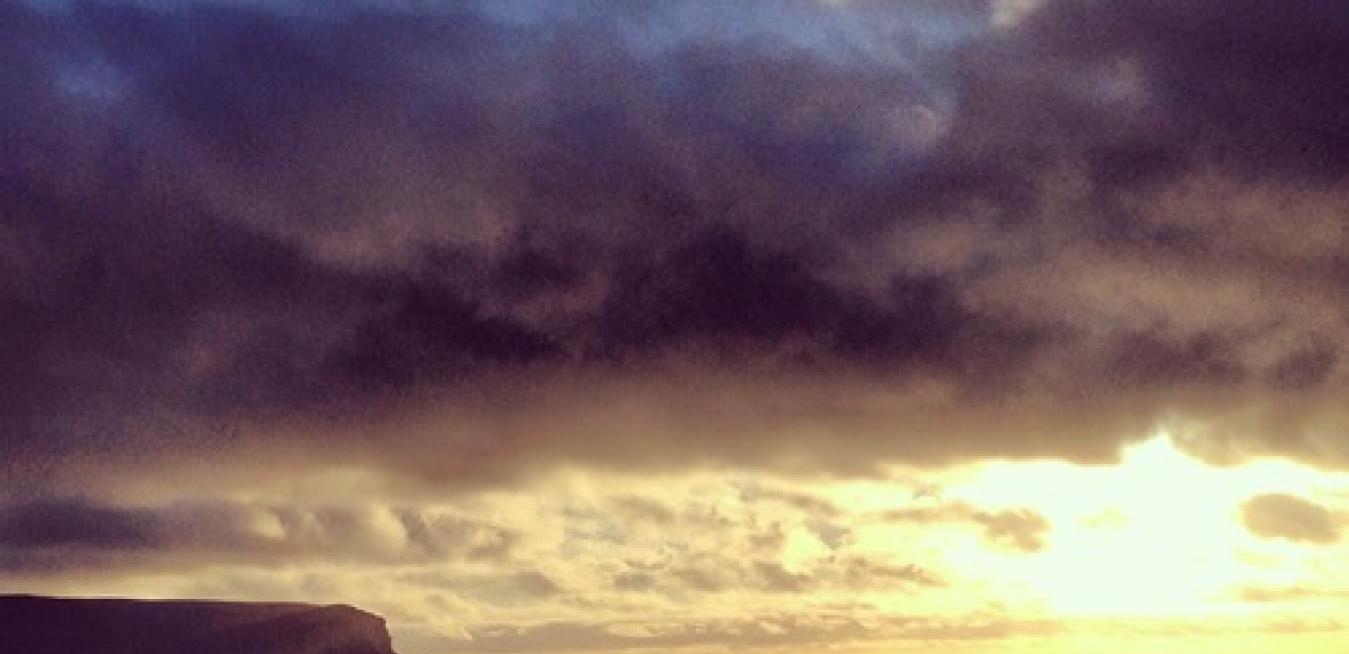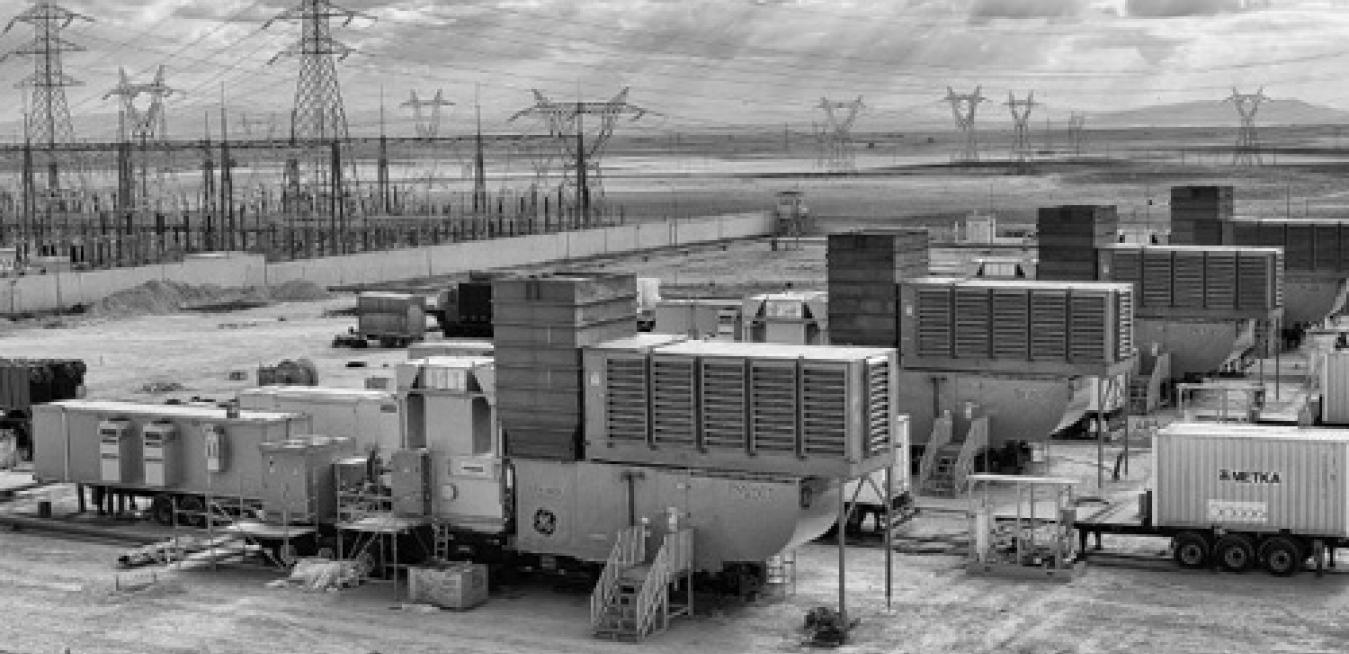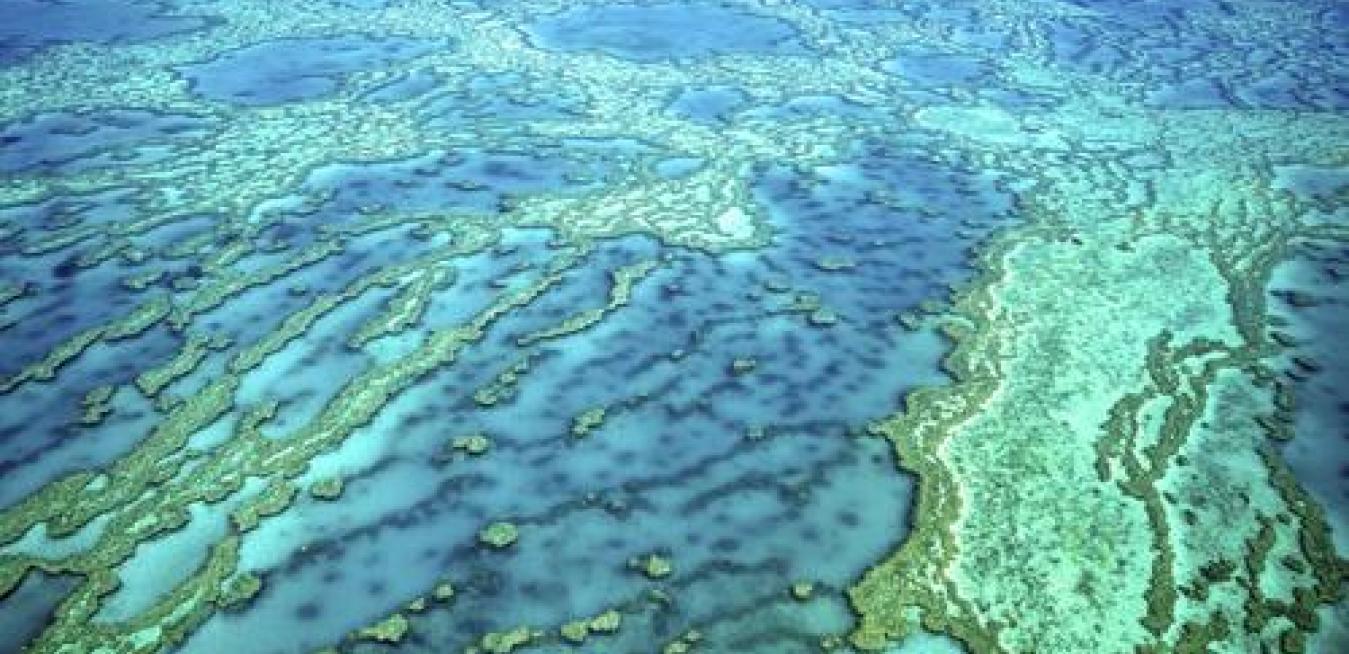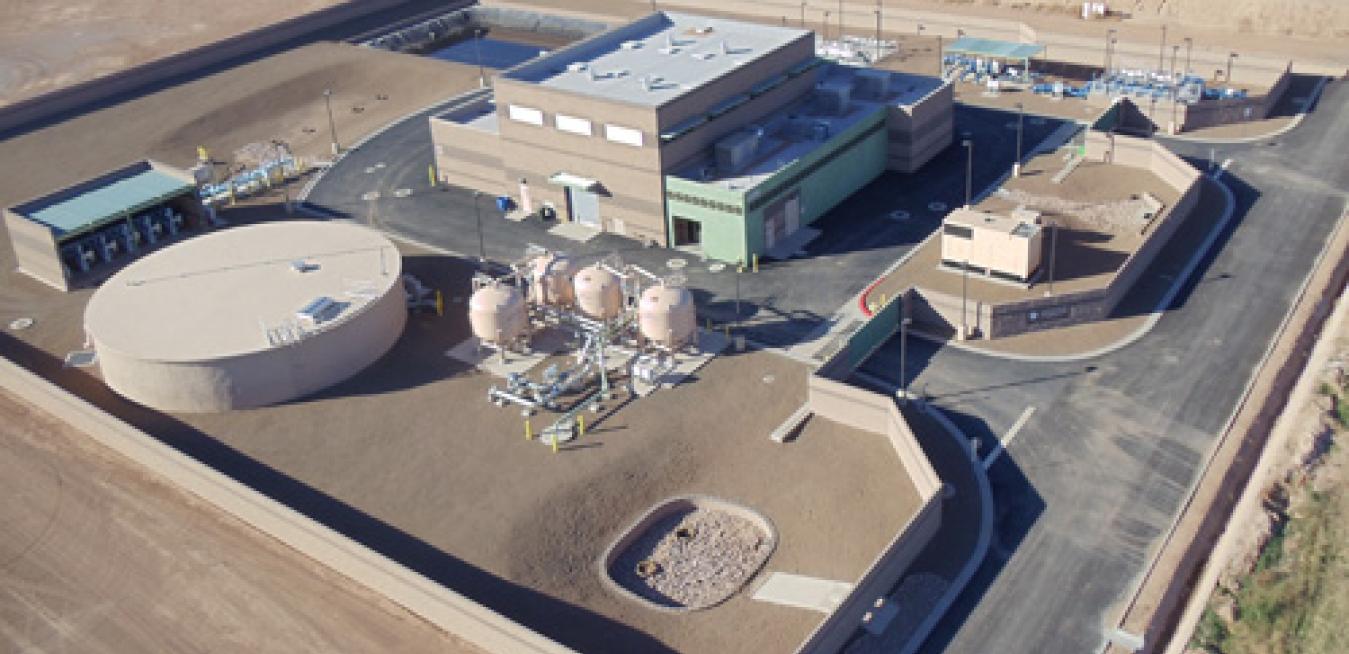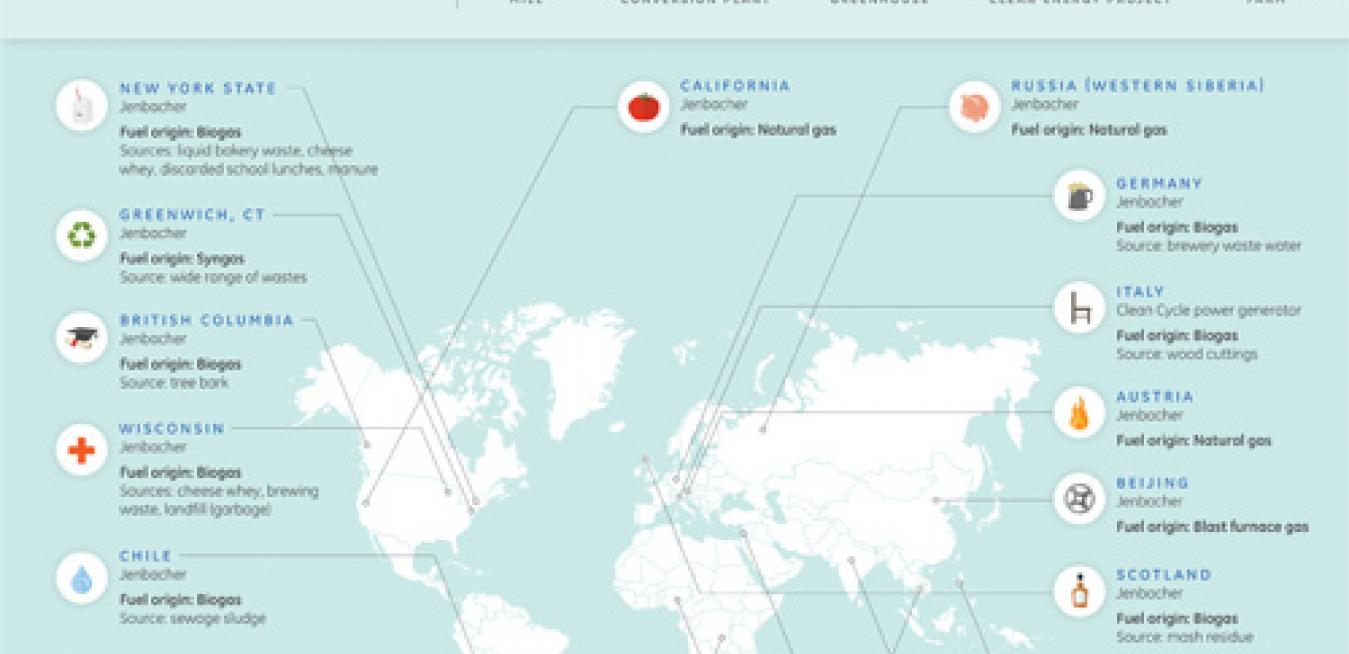When the Industrial Revolution gained speed in the 1850s, it colored all facets of life, including some of the world’s most admired art. Advances in chemistry brought dozens of new pigments that allowed bright young artists like Monet, Cezanne and Pissarro to abandon tradition and revolutionize painting with new techniques and styles like impressionism.
Bringing Hands-On Entrepreneurship Education to High School Students
“Tell me, I’ll forget. Show me, I’ll remember. Involve me, I’ll understand”. This is a famous Chinese proverb that describes how human learns. Most of us would agree that the greatest learning is mostly achieved through real life practice. Reading, sitting in a classroom workshop, and watching someone do it is not enough without actually practicing what we heard or learned.
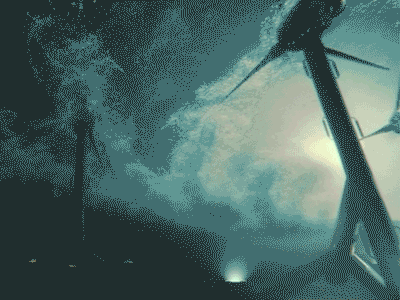
When Mark Baker looks up at the moon at night, he does not see magic or mystery. He ponders megawatts.
Twice a day, like clockwork, the moon’s gravity makes the seas ebb and flow. For Baker, a marine renewables business manager at GE Power Conversion, the tides are the perfect source of energy, more predictable and reliable than wind or solar power. “Some U.K. locations have significant tidal head ranges,” he says. “They offer a tantalizing energy generation potential.“
It took billions of tiny polyps half a million years to build the world’s largest structure made by living creatures, Australia’s Great Barrier Reef. But much bigger organisms, humans, have spent the last half century bleaching and killing their work. “Water quality, and behind that climate change, are among the main factors which are having an impact on the health and resilience of the reef,” says Dr. Eva Abal, chief scientific officer the Great Barrier Reef Foundation.
When Woody Allen declares his love for New York City on a bench under the Queensboro Bridge in the movie Manhattan, another New York mainstay makes a quiet cameo. Looming in the morning dusk just across the East River is the Ravenswood Generating Station, New York’s largest power plant with enough capacity to energize a fifth of the Big Apple.
The Ak-Chin Indian Community in Arizona’s Santa Cruz Valley has a history that stretches back centuries. But these days, the Community is both thriving and strikingly young, with many members under the age of 21. Add to that the presence of a successful casino and an active farming community that tills more than 70 percent of the land within the 22,000-acre tribal boundaries and it’s clear that the water needs of this desert community will only grow.
What do you do when you run a growing business in a booming country in Africa and Asia but run out of electricity? What if your plant in America or in Germany gets slammed by a big storm or a heat wave and grid goes down? One answer is to build your own power plant.
